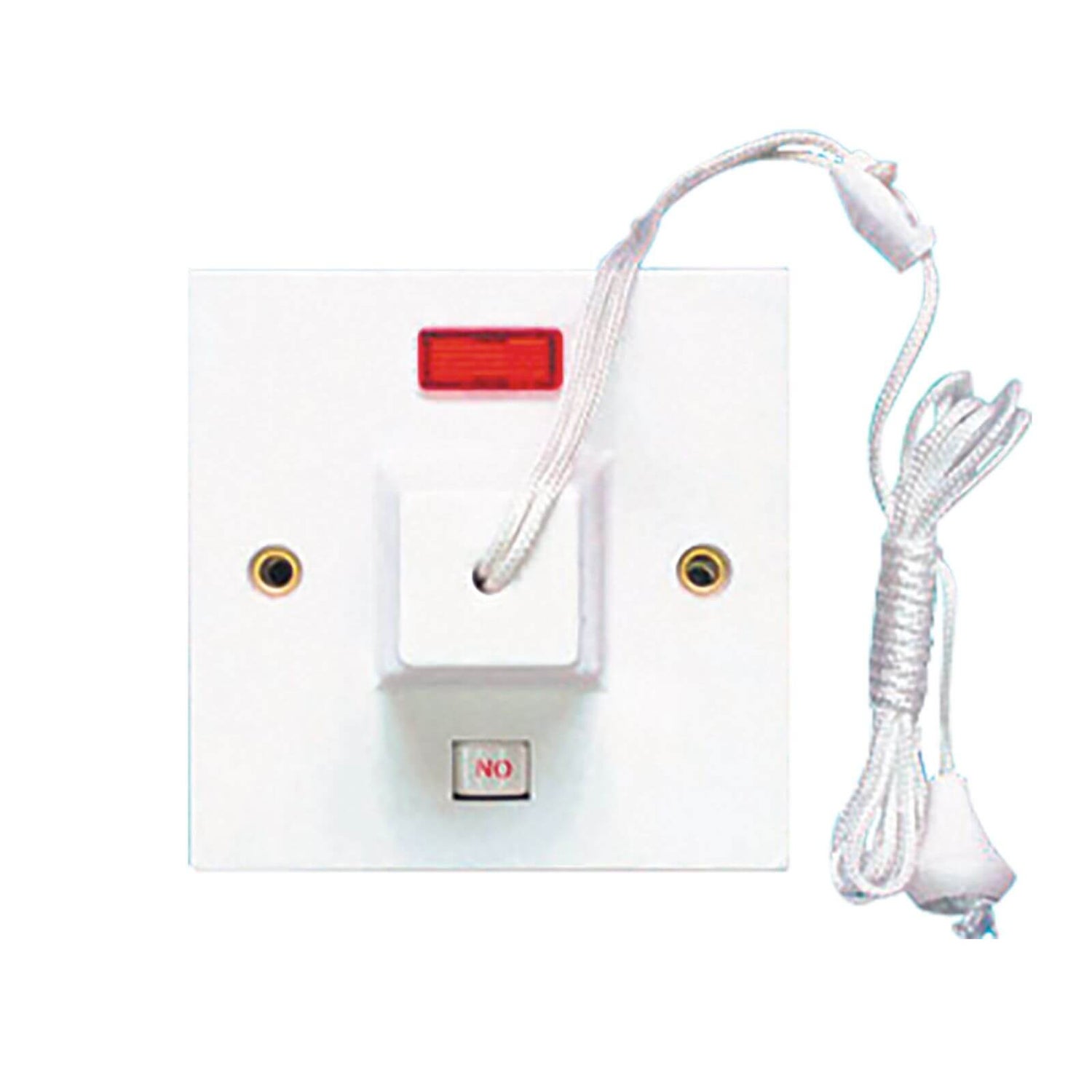Types of Small Pull Switches for Bathroom Cabinets
Choosing the right type of pull switch for your bathroom cabinet is crucial for both functionality and aesthetics. These switches are designed to control lighting or other electrical components within the cabinet, offering convenience and safety. This section delves into the various types of small pull switches, comparing their advantages and disadvantages to help you make an informed decision.
Toggle Switches
Toggle switches are a classic and widely used option for small pull switches. They feature a lever that moves up or down to turn the circuit on or off.
- Advantages: Toggle switches are known for their durability and reliability. They are simple to operate and can be found in various sizes and finishes to match your bathroom’s style.
- Disadvantages: Toggle switches can be slightly bulkier than other types, making them less aesthetically pleasing in some designs. They might not be as easy to install in tight spaces.
- Examples: Popular brands like Leviton, Lutron, and Honeywell offer a range of toggle switches suitable for bathroom cabinets.
Rocker Switches
Rocker switches are another common type of pull switch, characterized by a rectangular button that rocks up or down to control the circuit.
- Advantages: Rocker switches are known for their sleek and modern appearance. They are compact and easy to install in tight spaces.
- Disadvantages: While they are generally durable, some rocker switches might not be as robust as toggle switches. They can be slightly more expensive than toggle switches.
- Examples: Brands like Legrand, Eaton, and Schneider Electric offer a wide selection of rocker switches suitable for bathroom cabinets.
Push-Button Switches
Push-button switches offer a more minimalist approach, with a simple button that is pressed to turn the circuit on or off.
- Advantages: Push-button switches are very compact and sleek, offering a clean and modern aesthetic. They are easy to operate and can be integrated seamlessly into various cabinet designs.
- Disadvantages: Push-button switches can be more sensitive than toggle or rocker switches, requiring a lighter touch to activate. They might not be as durable as other types.
- Examples: Brands like Hubbell, Cooper Wiring Devices, and Philips offer a range of push-button switches specifically designed for bathroom cabinets.
Installation Considerations for Small Pull Switches
Installing a small pull switch in a bathroom cabinet requires careful planning and consideration to ensure proper functionality and safety. Choosing the right location, addressing potential challenges, and following proper installation steps are crucial for a successful installation.
Location Considerations
Selecting the optimal location for the small pull switch is essential for convenient operation and accessibility.
- Accessibility: The switch should be easily reachable from the most common usage areas within the cabinet, such as the shelves or drawers. Avoid placing the switch in a location that requires excessive bending or reaching.
- Visibility: Ensure the switch is clearly visible to avoid confusion and accidental activation. Consider using a contrasting color or a small label to improve visibility.
- Distance from Water Sources: Avoid placing the switch too close to sinks or other water sources to minimize the risk of water damage.
- Proximity to Electrical Outlets: The switch should be located near an existing electrical outlet for easy wiring connections.
Challenges and Solutions, Small pull switch for bathroom cabinet
Bathroom environments present unique challenges due to moisture and humidity.
- Moisture and Humidity: Small pull switches are typically designed to withstand some moisture, but prolonged exposure can damage the switch. To mitigate this risk, consider using a switch with a moisture-resistant rating, such as an IP rating of 44 or higher. Additionally, ensure proper ventilation within the bathroom cabinet to reduce moisture buildup.
- Limited Space: Bathroom cabinets often have limited space, making it challenging to find a suitable location for the switch. Consider using a compact switch or a slim design to minimize space requirements.
- Existing Wiring: If the bathroom cabinet lacks existing wiring, installing a new circuit may be necessary. Consult a qualified electrician to ensure safe and code-compliant installation.
Installation Steps
Installing a small pull switch in a bathroom cabinet involves several steps:
- Turn off Power: Before starting the installation, disconnect power to the circuit where the switch will be installed.
- Prepare the Location: Select the desired location for the switch and mark the position with a pencil. Use a drill to create a hole in the cabinet surface for the switch.
- Connect Wires: Connect the wires from the switch to the existing electrical wiring. The black wire from the switch connects to the black wire from the power source, the white wire connects to the white wire, and the ground wire (usually green or bare copper) connects to the ground wire.
- Secure the Switch: Secure the switch in place using screws or other fastening methods provided with the switch. Ensure the switch is securely mounted and does not move easily.
- Test Functionality: Turn the power back on and test the switch to ensure it operates correctly.
Safety and Functionality Considerations: Small Pull Switch For Bathroom Cabinet

Selecting the right small pull switch for your bathroom cabinet is crucial not only for functionality but also for ensuring the safety of you and your family. Bathrooms are considered high-risk areas due to the presence of water, which can increase the risk of electrical shocks. Therefore, it’s essential to choose a switch that meets the necessary electrical ratings and safety features for this environment.
Ground Fault Circuit Interrupters (GFCIs)
GFCIs are essential safety devices that protect against electrical shocks in bathrooms. They work by constantly monitoring the electrical current flowing through a circuit. If a ground fault occurs, meaning the current takes an unintended path through a person or object, the GFCI will quickly interrupt the flow of electricity, preventing a potentially dangerous shock. GFCIs are typically installed in the bathroom’s electrical outlet box and should be tested regularly to ensure they are functioning correctly.


